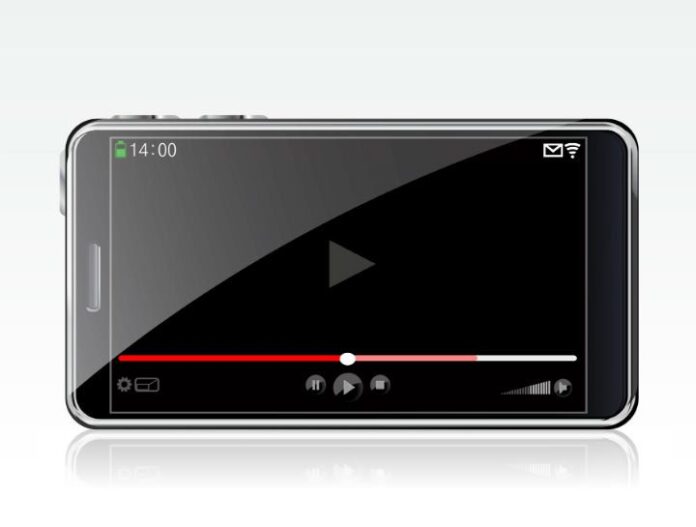The age of encryption is upon us. Data gathered from mobile operator networks around the world reveal that between 50% and 65% of all mobile data traffic is now encrypted. This is up from a level of only 10-20% in 2013. Right under our noses, encryption has become one of the two defining characteristics of mobile data – the other being, of course, video-centricity.
This state of affairs naturally brings two questions to mind: “why?” and “so what?”
The why would seem to be straightforward. People must be assured that their transactions and identities are secure. As mobile payment services such as Apple Pay enter the mainstream, the same protections afforded by secure Web-based transactions are expected on mobile. But, encryption of commercial and financial transactions is nothing new and the volume of data traffic associated with these transactions is small. Retail and banking are not responsible for the tremendous increase in encrypted traffic volume that we see.
If they’re not, who or what is? A handful of sites – YouTube, Google, Facebook – are the source of 75% of encrypted mobile data traffic, and Netflix, having announced its intention to encrypt, will soon be a significant contributor. About half of this encrypted content is video. While watching a funny cat video on one’s iPhone is surely entertaining, it doesn’t carry the risk of a retail transaction. In fact, it’s hard to see how it carries any risk at all for the user other than the usual risk – if you can call it that – of YouTube, Google and Facebook observing your browsing behavior. This practice points to a likely explanation for the encryption: YouTube, Google and Facebook seek to protect their knowledge of your browsing and viewing behavior so that they are uniquely able monetize it. That’s rational.
Let’s turn to the so-what.
Operators monitor and often actively manage and optimize data and video delivery in order to better ensure a high quality user experience. That is, they do their best to ensure that their subscribers are getting the best YouTube, Facebook and Netflix experience possible, even though they don’t generally receive any incremental revenue for doing so. They do stand to increase brand equity, drive more data consumption and limit churn associated with a poor data experience.
Enter encryption. By encrypting, video content providers achieve commercial objectives but undermine the very service-quality objectives that operators are carrying out on their behalf. Operators are now challenged to reliably identify video traffic, for example, much less manage or optimize it. Techniques that had previously been applied can be rendered blunt, or even useless. The net result is poorer mobile data service quality, a downside that affects content provider and mobile operator alike.
Some claim that adaptive bitrate protocols, which now account for about half of all video content, make such concerns unnecessary as the ABR client will naturally optimize mobile video delivery. Although ABR improves upon progressive download, it’s not designed to optimize delivery over the mobile network. Empirical data show that ABR-delivered video content consists of as much as 80% wasted data – data that’s downloaded but never consumed. Those subscribers whose ABR clients at any given moment have access to an abundance of bandwidth tend to consume far more than their fair share, relegating a significant minority or even a majority (we’ve seen figure as high as 54%) to a subpar experience.
If operators want to improve the quality of encrypted video delivery – from both a business and an architectural perspective – they have no option but to do so themselves. Only from the vantage point of the operator’s network can the network conditions that affect all clients, devices and subscribers be observed and only from there can both historical and forward-looking information be taken into consideration. With this information, the operator is in a position to do what the content providers cannot: optimize the delivery of content to ensure the best possible experience on the mobile network.
Of course, the operator can only do so if it can identify the nature of that now-opaque encrypted data traffic. Their only practical option is to make use of new, non-intrusive tools that are able to accurately identify encrypted content, facilitating and making possible the optimization of encrypted traffic.
Editor’s Note: In an attempt to broaden our interaction with our readers we have created this Reader Forum for those with something meaningful to say to the wireless industry. We want to keep this as open as possible, but we maintain some editorial control to keep it free of commercials or attacks. Please send along submissions for this section to our editors at: dmeyer@rcrwireless.com.

